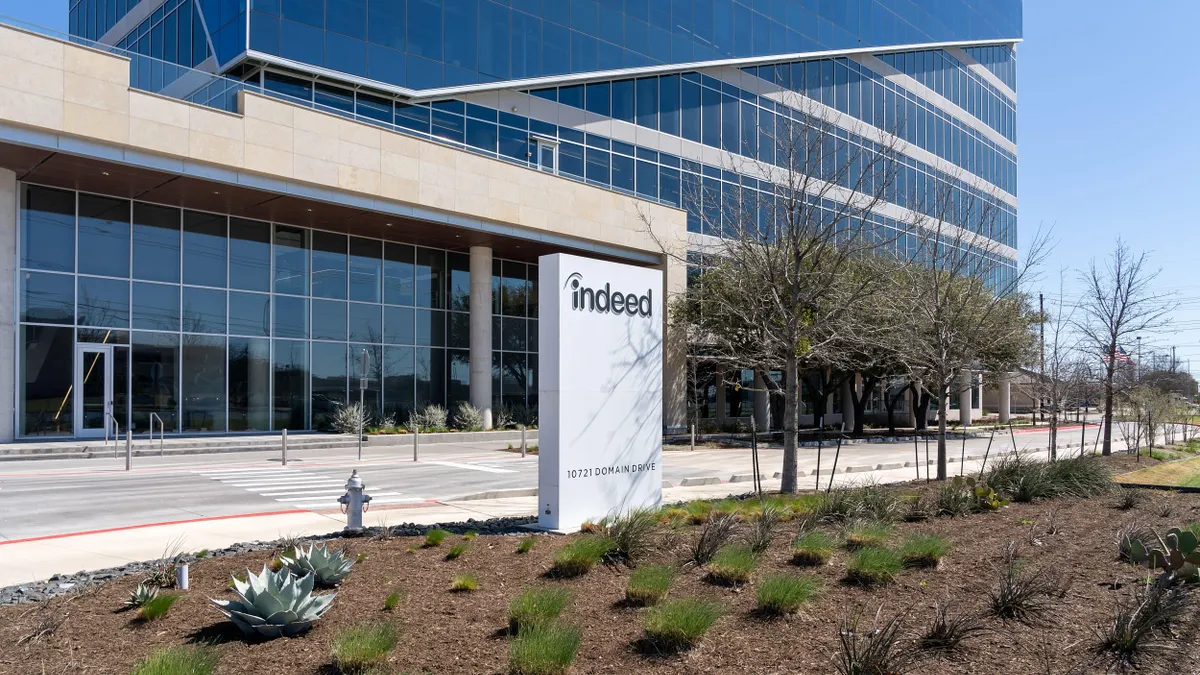Maury Peiperl is the dean of George Mason University’s School of Business and a workplace expert. Views are the author's own.
The Great Resignation is in full swing and may be intensifying. A record-breaking 3% share of the American workforce quit in September 2021, up from 2.9% the previous month.
But myths and misinformation about the Great Resignation are already starting to spread. Common misconceptions are that it's confined to the U.S. or to blue-collar and service jobs. In fact, there are plenty of indications of this phenomenon elsewhere; up to one-fifth of millennial and Gen Z employees in Western Europe reportedly left a job between August 2020 and August 2021. And while all the data is incomplete as of this writing, there's no evidence the white-collar world has been immune to what Job.com co-founder Arran Stewart called the "largest shift of human capital in our lifetime".
Even "The Great Resignation" itself is something of a misnomer, suggesting a temporary phenomenon brought on by the pandemic. But my research over the past quarter-century shows deep, underlying trends that long predate COVID-19. So don't expect the labor market to return to 2019 norms once mask and vaccine mandates are in the rearview mirror. On the contrary, the Great Resignation may be just the beginning of a seismic shift that may lead us back to the future.
In my 1997 paper "Back to Square Zero: The Post-Corporate Career" (co-authored by Yehuda Baruch), I argued that careers were about to undergo their biggest shift since large corporations came to dominate the economy in the early 20th century. For most of that century, career advancement was synonymous with climbing the corporate ladder. Careers were a vertical journey, and the expectation was that you'd spend a large chunk of your career — if not all of it — with one employer.
But starting with the oil shocks of the 1970s, ties between companies and their employees began to slacken. As job security waned, employees' desire for a long-term commitment understandably declined, and career paths changed from vertical to horizontal, with employees moving from company to company at will. They even began rejecting conventional employment in favor of freelance work, often with their former employer as a client.
The nexus of social, economic and technological changes at the turn of the last century created the conditions for post-corporate career paths to go mainstream. COVID-19 then served as the tipping point, removing the last strong tie between employees and organizations: the physical office.
Now the advent of post-corporate careers is poised to transform the employer-employee relationship. In the old era of vertical careers, white-collar employment was about "living to work" rather than "working to live." Sacrificing personal needs was the price paid for promotions and a higher salary. The best one could hope for was a tenuous work-life balance. This friction between our personal inclinations and obligations on one hand, and the need to make a living and contribute to the world around us on the other, is what employees are now walking away from.
Instead of "living to work" or "working to live," they're looking for new ways to live and work without having to sacrifice one or the other. You've probably seen recent articles advising companies that providing employees with a sense of purpose is the best way to retain them. Purpose is all-important, but it needs to be more than recruiting or retention rhetoric. Truly integrating purpose means aligning the interests of the company with all its stakeholders. For purpose-driven corporations, the metric of success is not short-term shareholder value but long-term impact.
If they want to become purpose-driven, today's companies cannot simply layer purpose atop what they are already doing — they must ensure every aspect of their business harmonizes with their core values. Market dynamism will belong to purpose-driven firms in the world of post-corporate careers, especially those that answer the needs of their employees. That's not to say that large firms with a more conventional orientation will fail. But their momentum will flag, as they wrestle with reputational damage, increasingly interventionist government and an indifferent talent pool. They may end up, like Alice in Wonderland's Red Queen, running faster to stay in the same place. (See Facebook.)
In predicting the future of corporations, the answer may lie in their past. Before the internet, large companies were social facilitators with affectionate nicknames — IBM was "Big Blue" and Kodak was "The Great Yellow Father." Working for one of these mid-century behemoths was like living on a military base or a college campus, where social and professional life routinely merged. That sense of cohesion was one of the first casualties of corporate cutbacks in the late 20th century, setting the stage for the post-corporate career.
Going forward, the most purpose-driven companies will also be the most community-focused. Talent will flock to employers that are able to revive that community spirit of the 20th-century corporation for the era of Slack and Zoom. One challenge though will be solving the systemic issues that prevent corporate social networks from being an effective space for employee sharing and connection.
Whether leaders acknowledge it or not, individuals and corporations are undergoing a crisis of conscience that will have repercussions for decades to come. In a moment of intense anxiety, the most constructive course is for companies to start an internal dialogue by asking the big questions and making choices that best serve the needs of the greatest number of stakeholders. Only then will the idea of long-term, vertical employment have more appeal to an increasingly picky and purpose-driven talent pool.




















